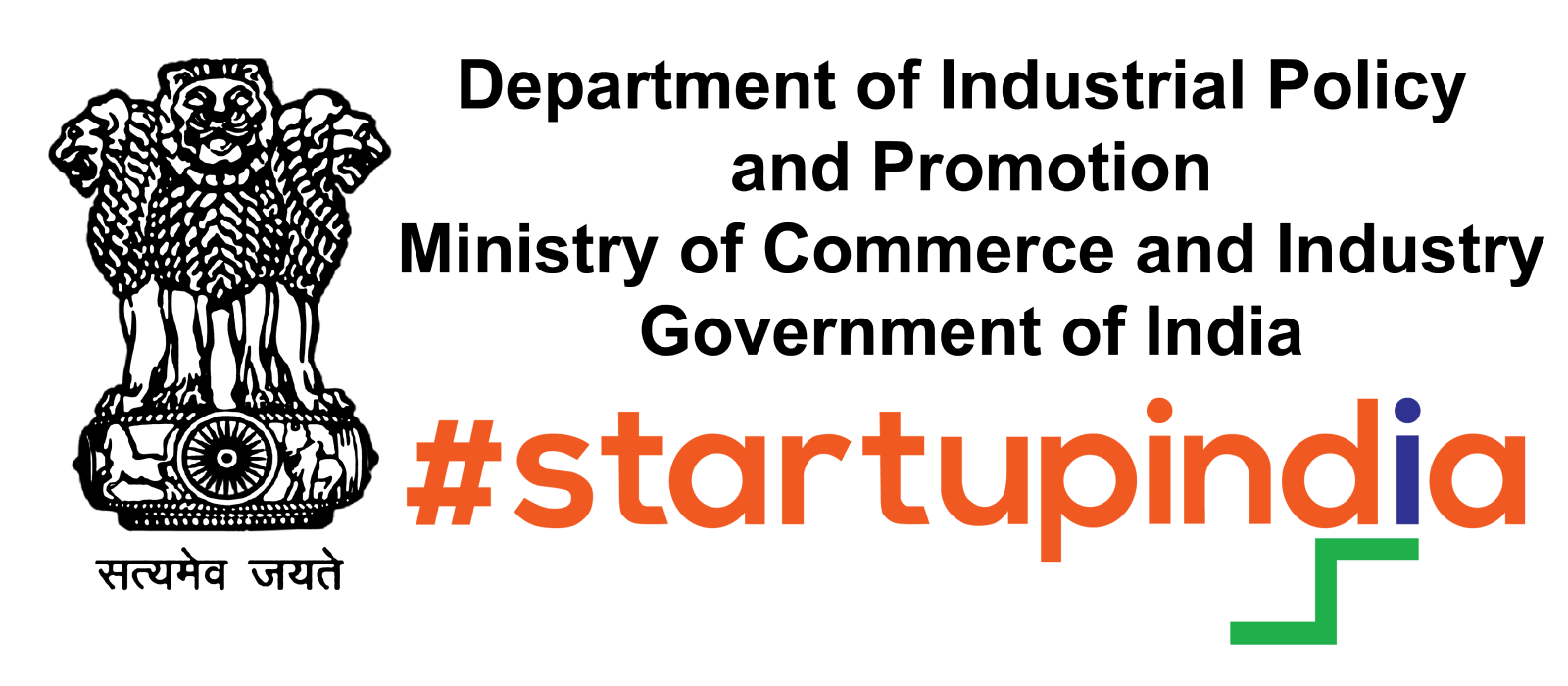Machine learning is rapidly transforming various industries, from healthcare and finance to marketing and logistics. Its ability to analyze massive amounts of data and extract valuable insights has made it a game-changer in today's digital world. In this article, we will explore some mind-blowing techniques that unlock the true power of machine learning.
Supervised Learning: A Solid Foundation
Supervised learning serves as the foundation of machine learning. It involves training a model on labeled data, where the desired outputs are already known. This allows the model to learn patterns and accurately predict new, unseen data.
Decision Trees: Unraveling Complex Relationships
Decision trees are widely used in machine learning due to their simplicity and interpretability. They break down complex problems into a series of binary decisions, which ultimately lead to a prediction. This technique is particularly useful when dealing with classification problems.
Support Vector Machines: Finding Optimal Decision Boundaries
Support Vector Machines (SVMs) excel in solving both linear and non-linear classification problems. They aim to find the optimal decision boundary by maximizing the margin between different classes in the data. SVMs are highly effective when working with high-dimensional data.
Unsupervised Learning: Discovering Hidden Structures
While supervised learning deals with labeled data, unsupervised learning is all about uncovering hidden patterns and structures from unlabeled data. This technique doesn't rely on predefined outputs but rather seeks to find meaningful insights on its own.
Clustering: Grouping Similar Entities
Clustering algorithms are at the heart of unsupervised learning. They group data points based on their similarities and differences, allowing us to discover patterns and understand relationships within the data. K-means clustering and hierarchical clustering are popular techniques in this field.
Dimensionality Reduction: Simplifying Complex Data
Dimensionality reduction techniques help tackle the curse of dimensionality by reducing the number of features while preserving essential information. Principal Component Analysis (PCA) and t-distributed Stochastic Neighbor Embedding (t-SNE) are commonly used methods in dimensionality reduction.
Deep Learning: Unveiling the Power of Neural Networks
Deep learning, a subset of machine learning, has gained immense popularity in recent years. It capitalizes on artificial neural networks and their ability to mimic the human brain, enabling machines to understand and process complex data with incredible accuracy.
Convolutional Neural Networks: Image Recognition at Its Best
Convolutional Neural Networks (CNNs) have revolutionized the field of computer vision. By utilizing convolutional layers, pooling layers, and fully connected layers, CNNs can recognize and classify images with astonishing precision. They have found applications in various domains, including self-driving cars and medical imaging.
Recurrent Neural Networks: Mastering Sequential Data
Recurrent Neural Networks (RNNs) are designed to process sequential data, making them ideal for tasks such as natural language processing and speech recognition. The architecture of RNNs allows them to retain a memory of previous inputs, enabling them to make predictions based on context and temporal dependencies.
Reinforcement Learning: Teaching Machines to Learn through Experience
Reinforcement learning takes inspiration from the behavioral psychology concept of conditioning. In this technique, an agent learns to make decisions in an environment by receiving rewards or punishments based on its actions. Over time, the agent optimizes its behavior to achieve the highest possible rewards.
Q-Learning: Navigating the Field of Optimal Decisions
Q-learning is a widely used reinforcement learning algorithm that helps machines make optimal decisions in a dynamic environment. By updating a Q-table based on action-state pairs, the agent learns to choose actions that maximize its long-term rewards.
Deep Q-Networks: Marrying Deep Learning with Reinforcement Learning
Deep Q-Networks (DQNs) merge the power of deep learning with reinforcement learning. They incorporate neural networks to approximate the Q-values, making them more suited for complex and high-dimensional tasks. DQNs have demonstrated remarkable performance in playing Atari games and controlling autonomous robots.
Conclusion
Machine learning techniques have opened up incredible opportunities in various domains, revolutionizing how we analyze data and make decisions. From supervised learning to deep learning and reinforcement learning, each technique presents unique capabilities that empower machines to unlock the true power of data. As technology continues to advance, the possibilities of machine learning are only limited by our imagination.
FAQs
Q1. What is the difference between supervised and unsupervised learning?
Supervised learning uses labeled data to train models and make predictions, whereas unsupervised learning discovers hidden patterns and structures from unlabeled data.
Q2. How does deep learning differ from traditional machine learning?
Deep learning utilizes artificial neural networks and can process complex data with remarkable accuracy, making it suitable for tasks such as image recognition and natural language processing.
Q3. What is reinforcement learning?
Reinforcement learning is a technique in which machines learn through trial and error by receiving rewards or punishments based on their actions in an environment.
Q4. Are all machine learning algorithms applicable to any problem?
No, different machine learning algorithms have their strengths and weaknesses and are better suited for specific types of problems.
Q5. What is the future of machine learning?
Machine learning is expected to continue advancing and transforming industries, making automated decision-making and data analysis more efficient and accurate than ever before.




